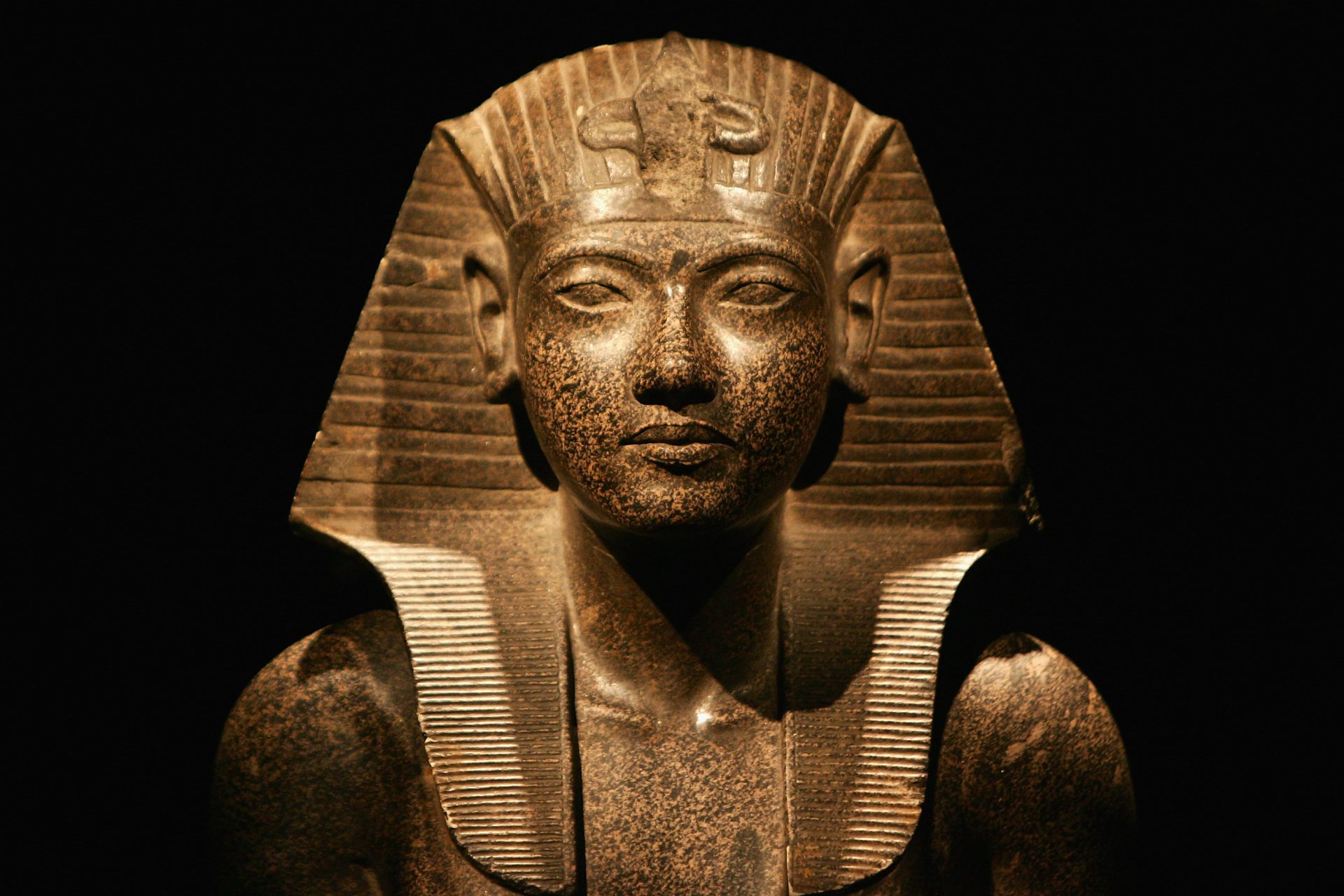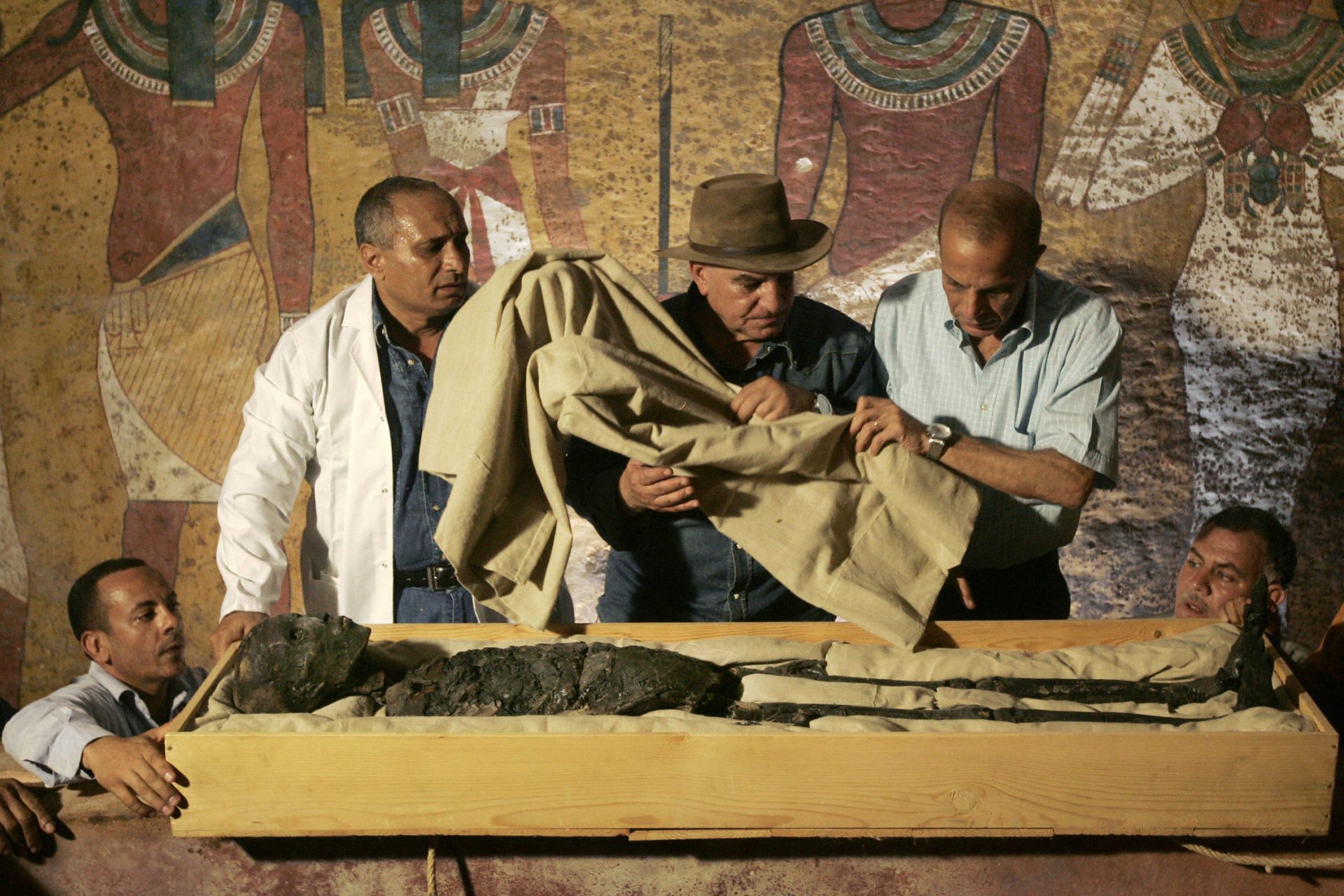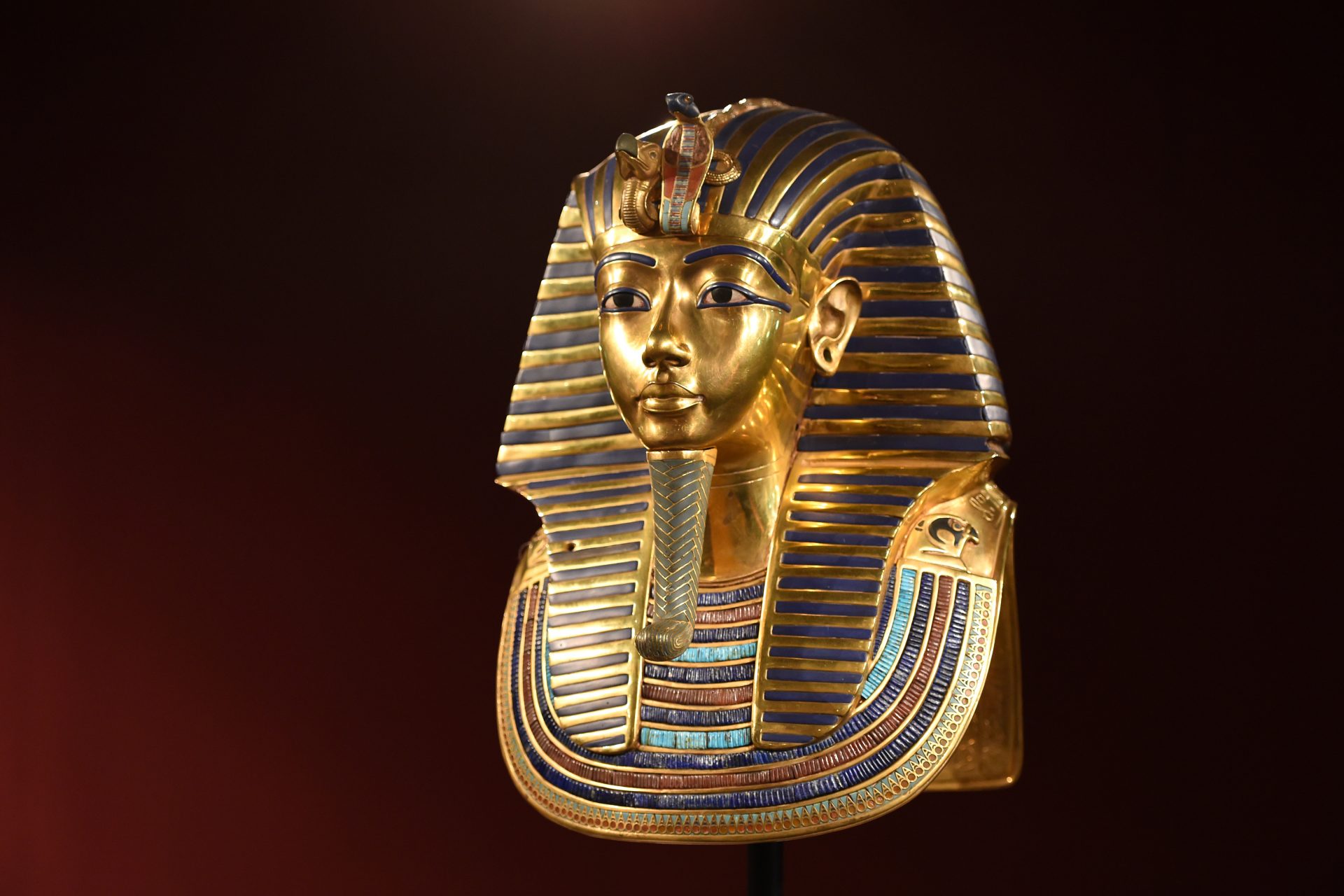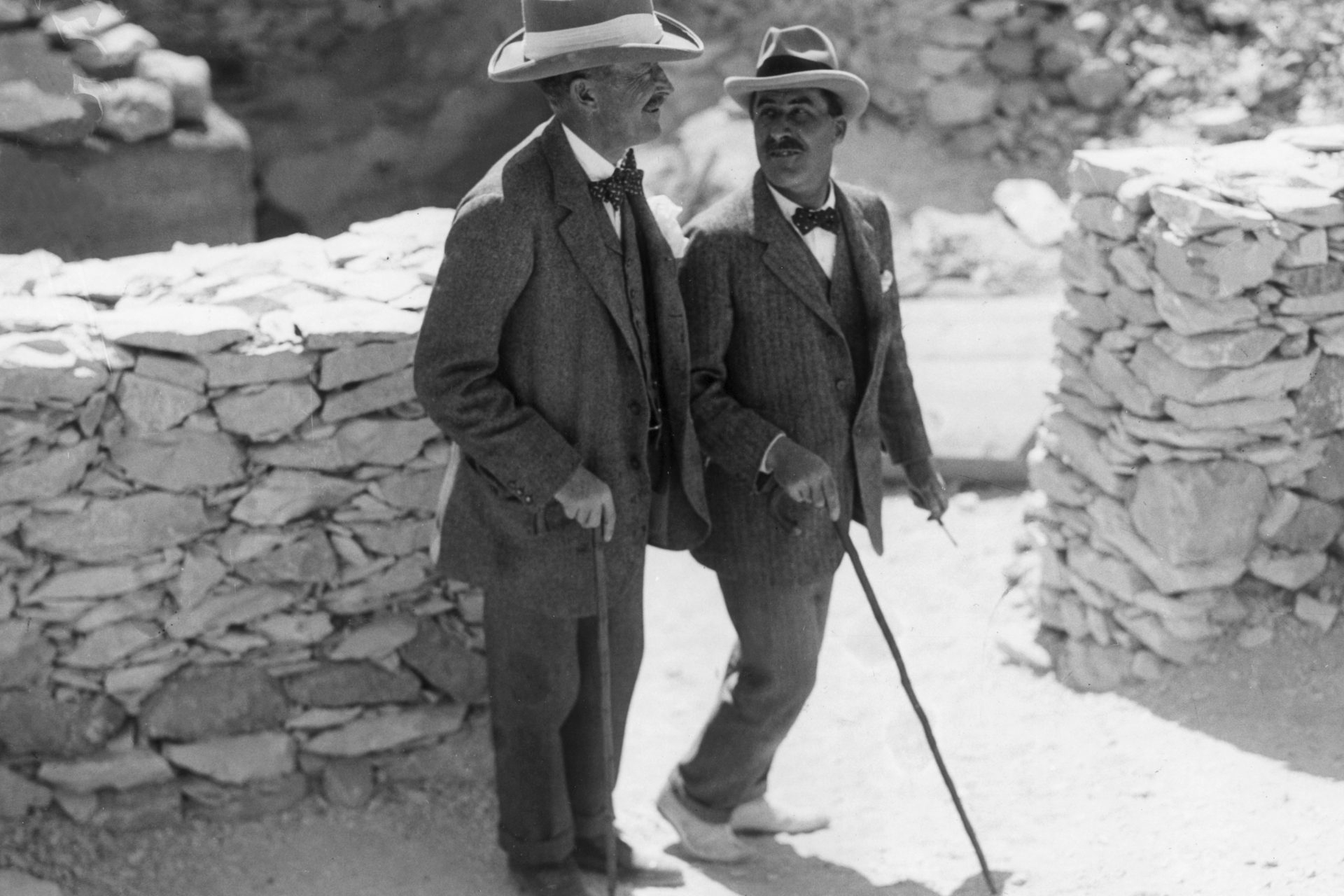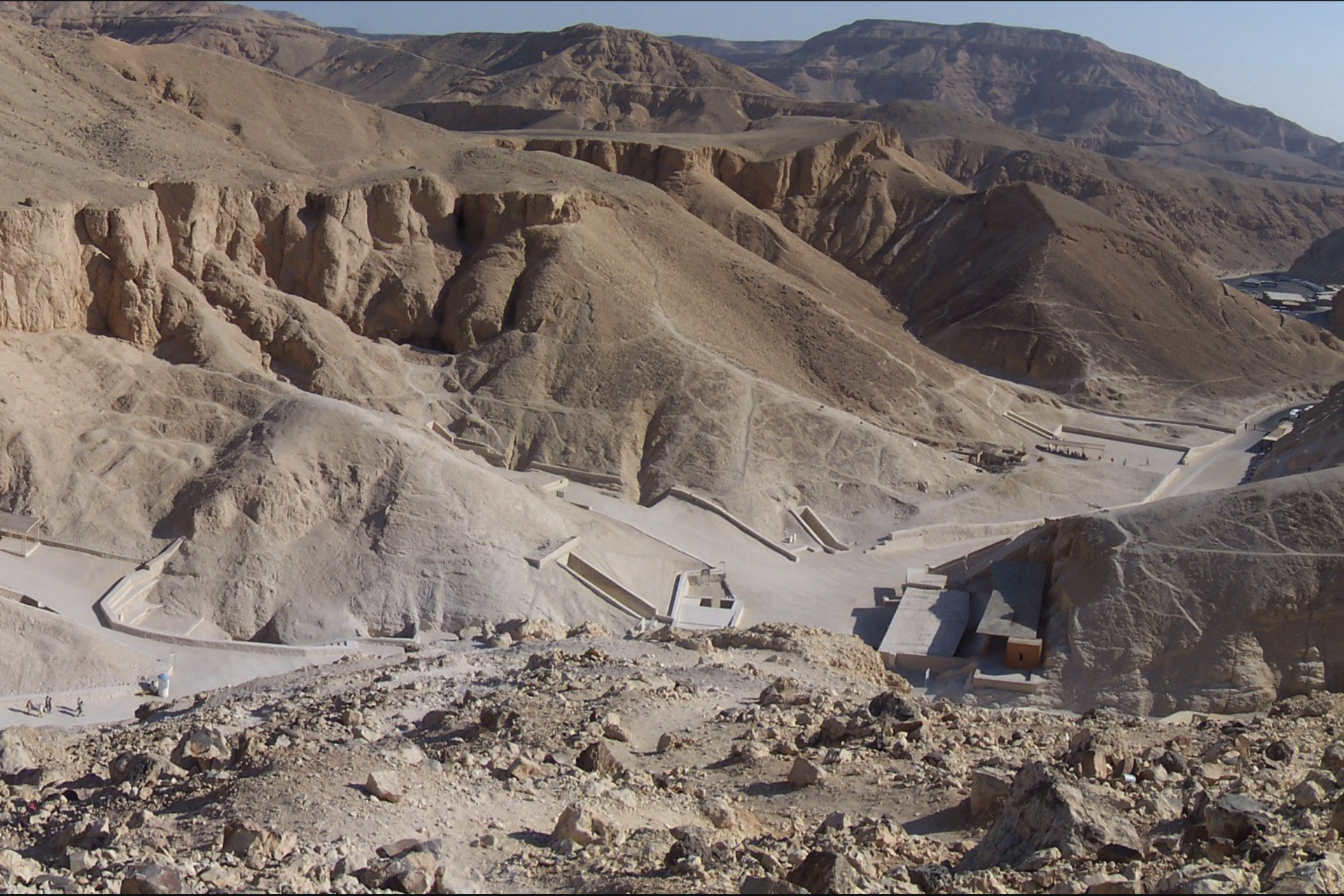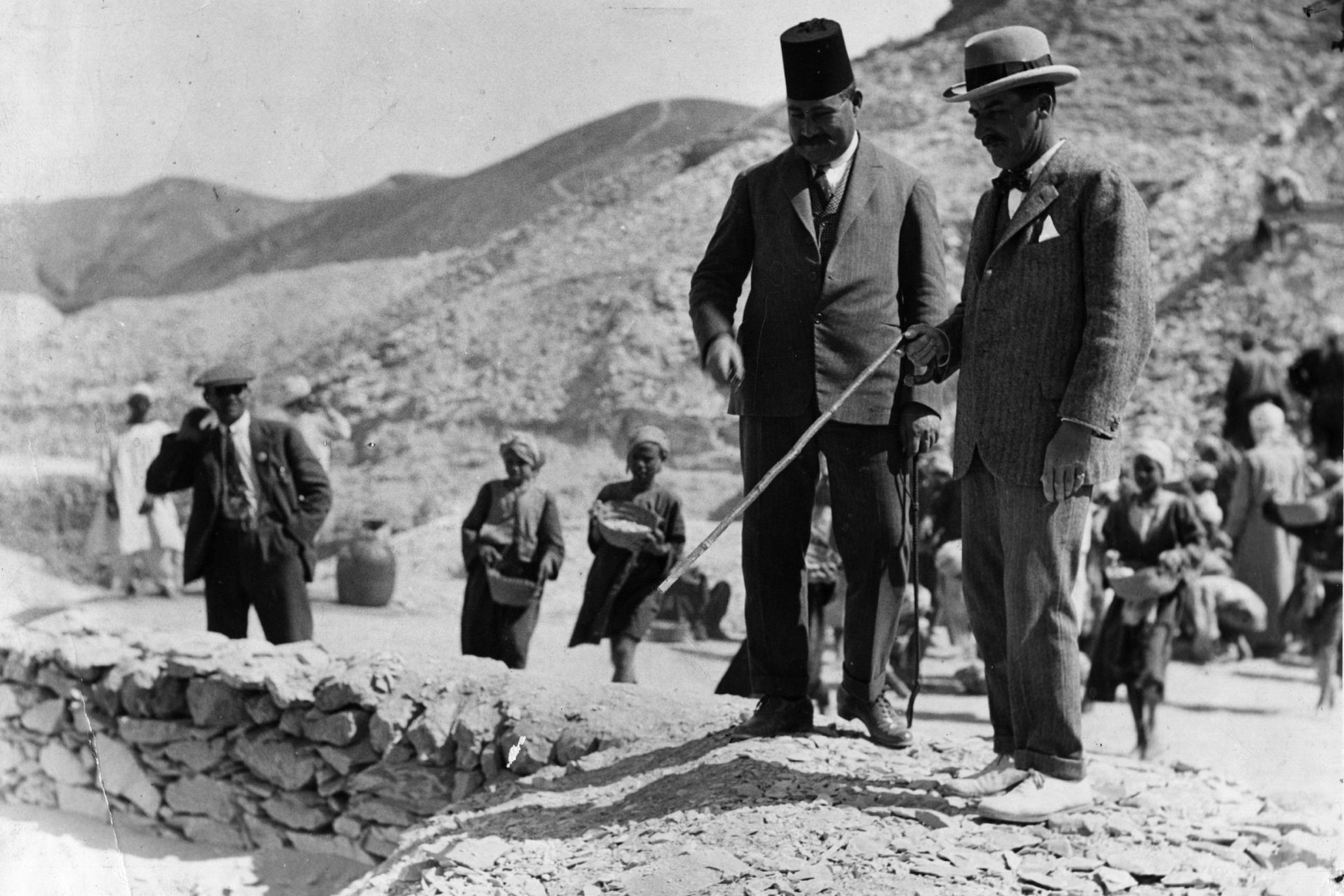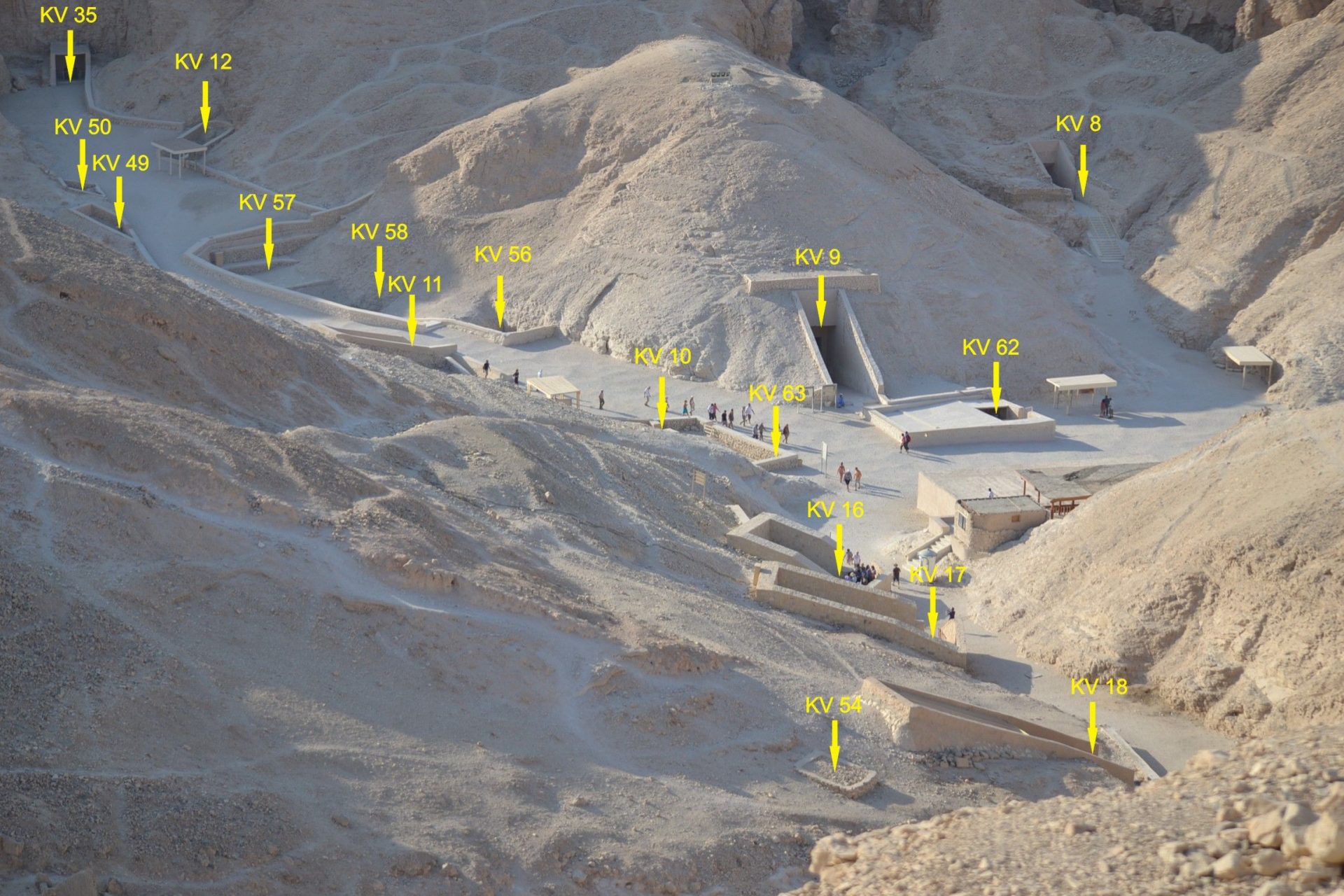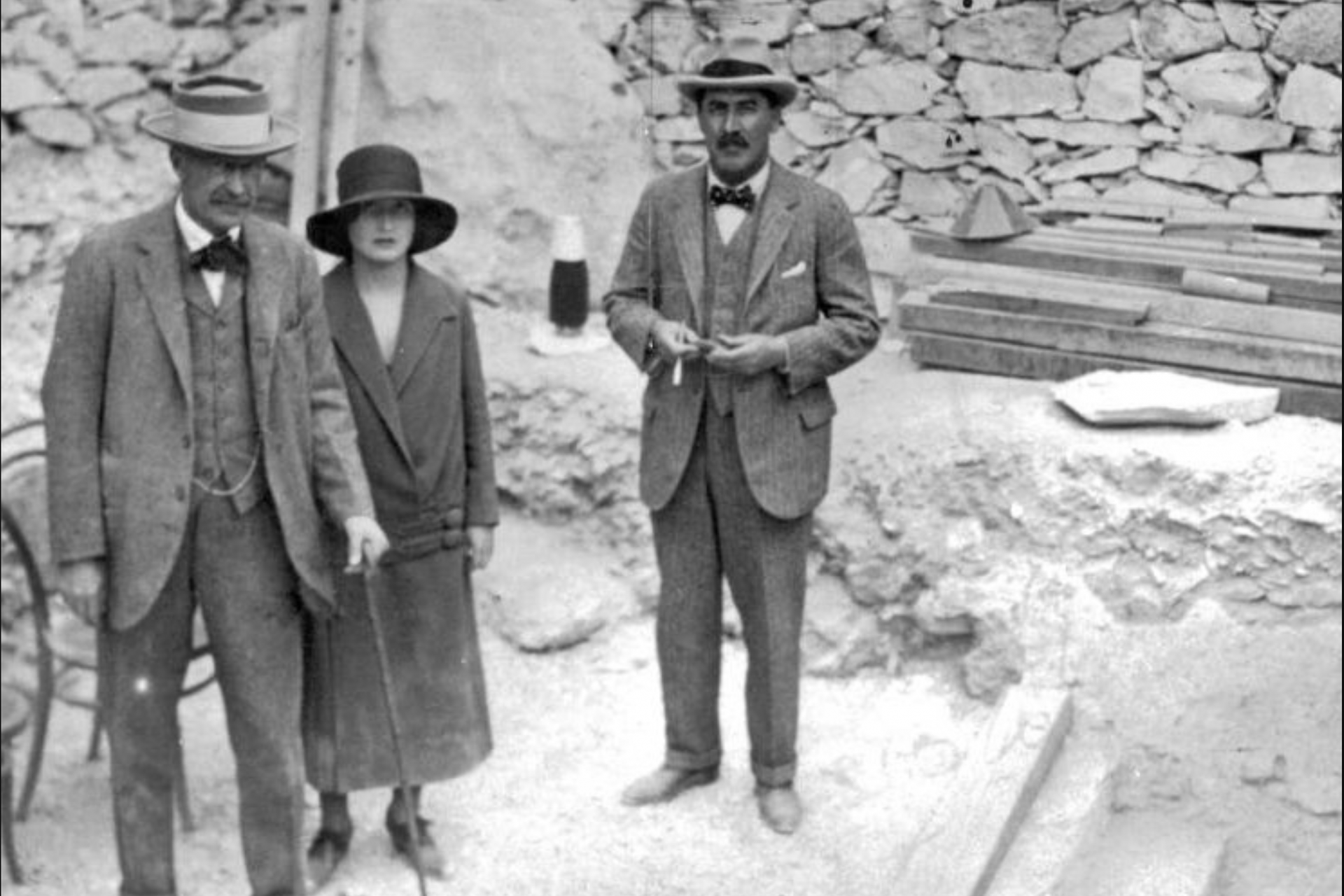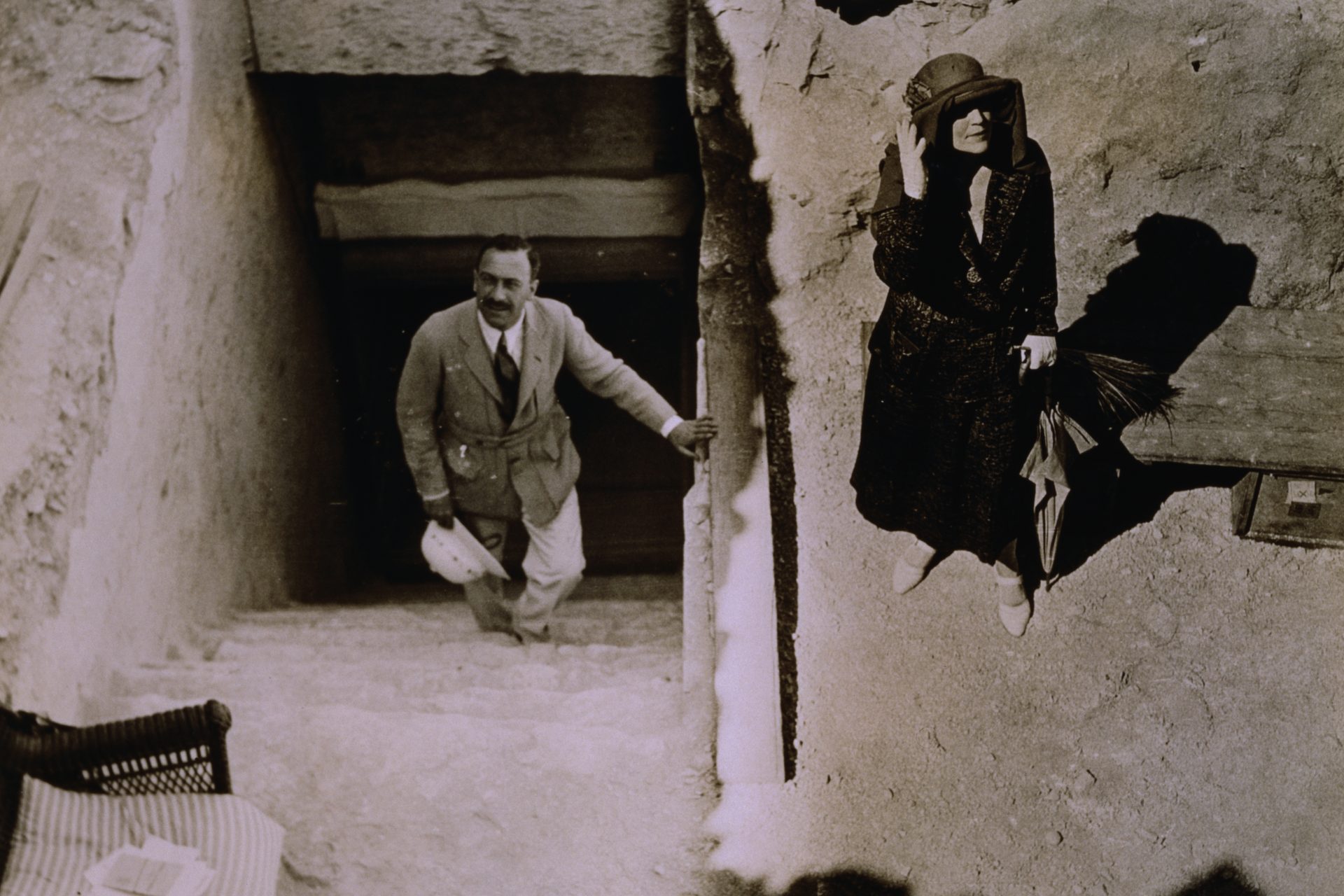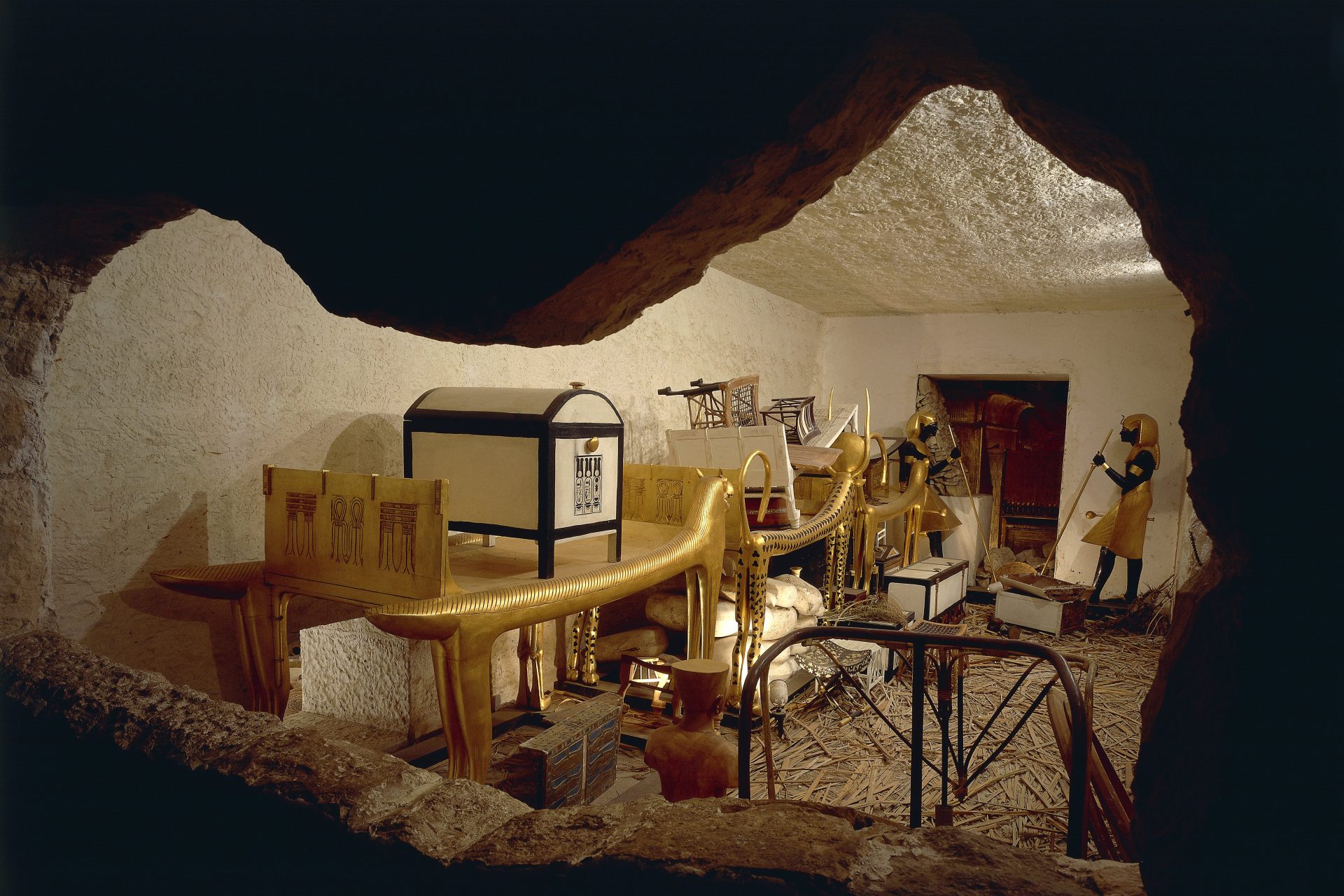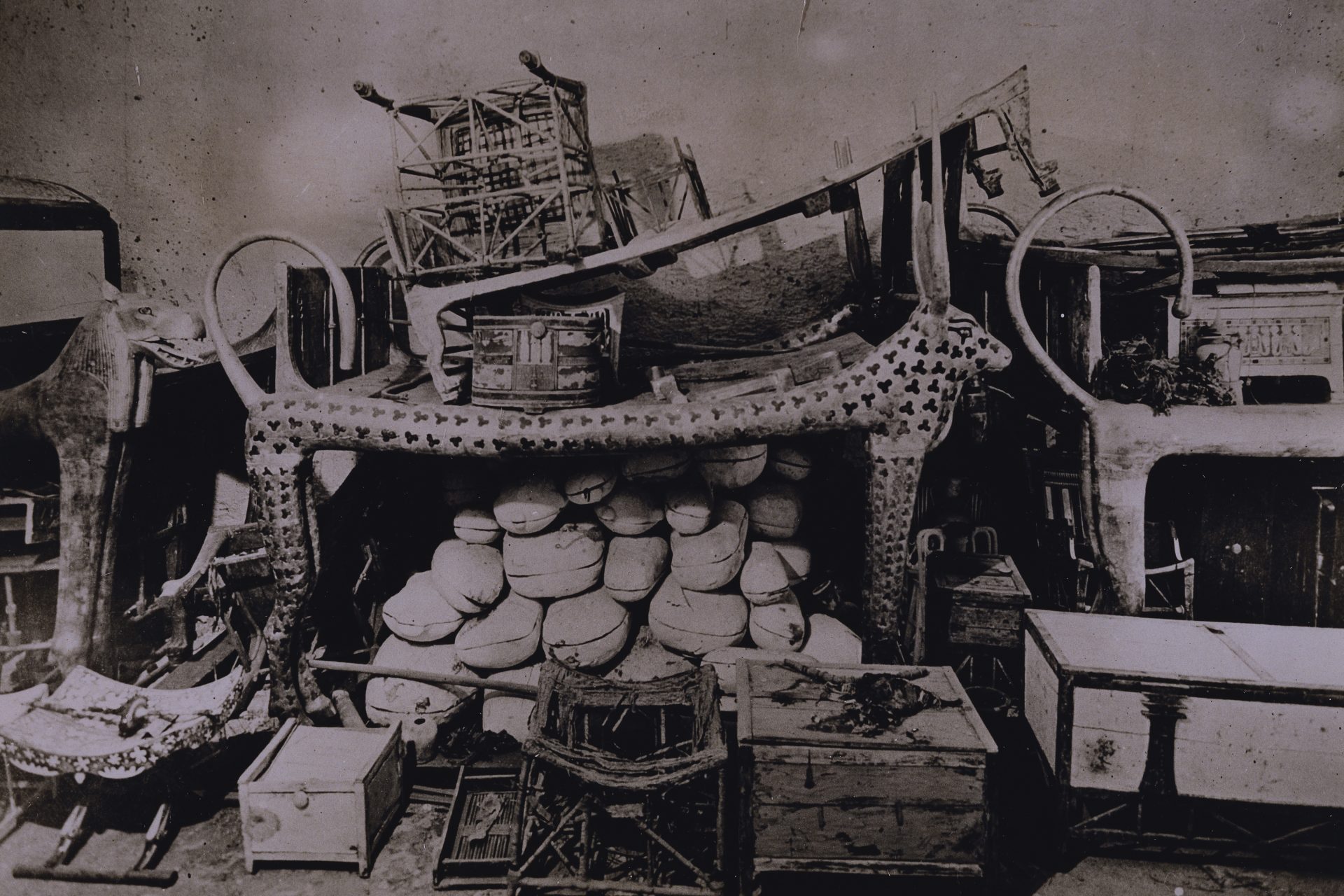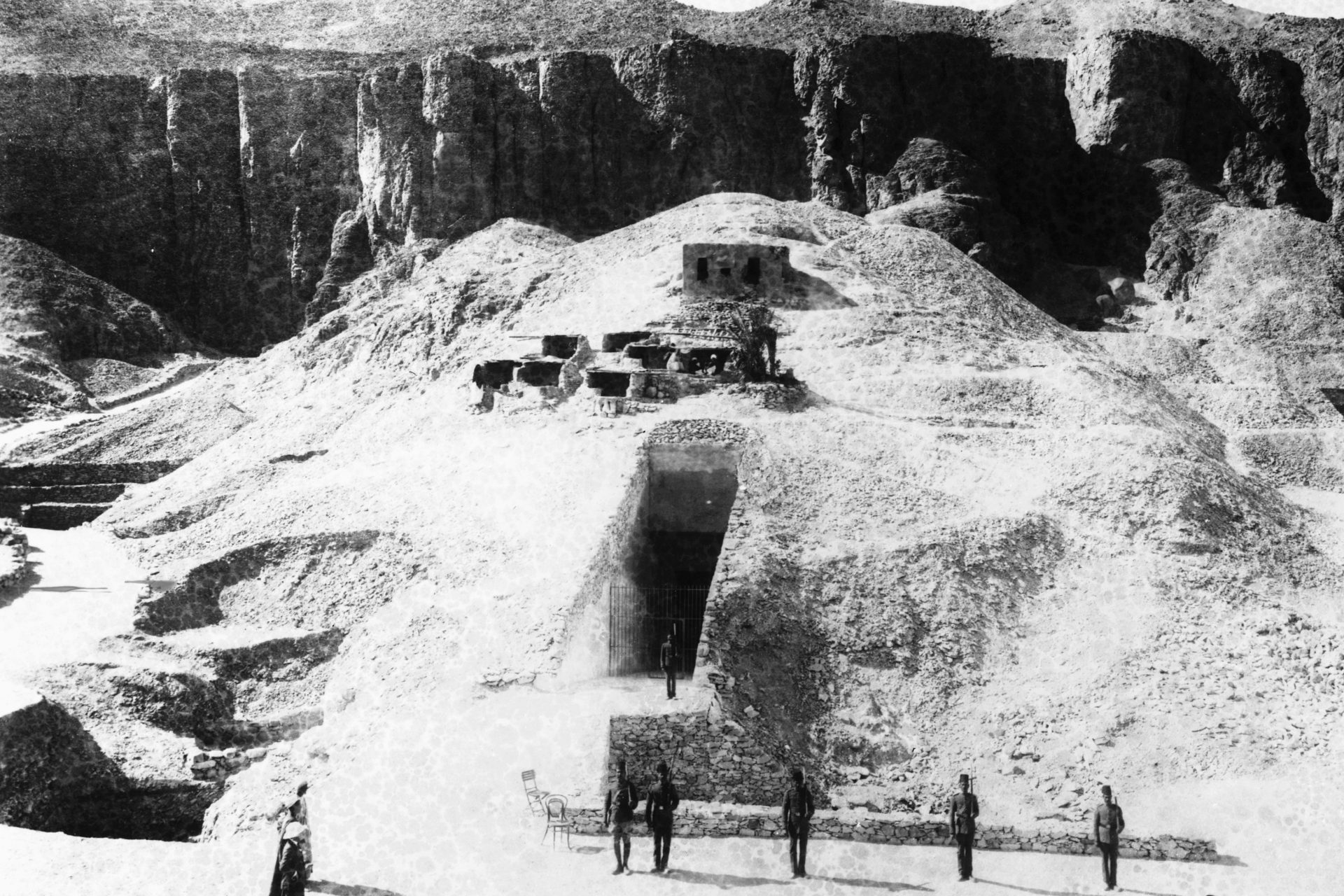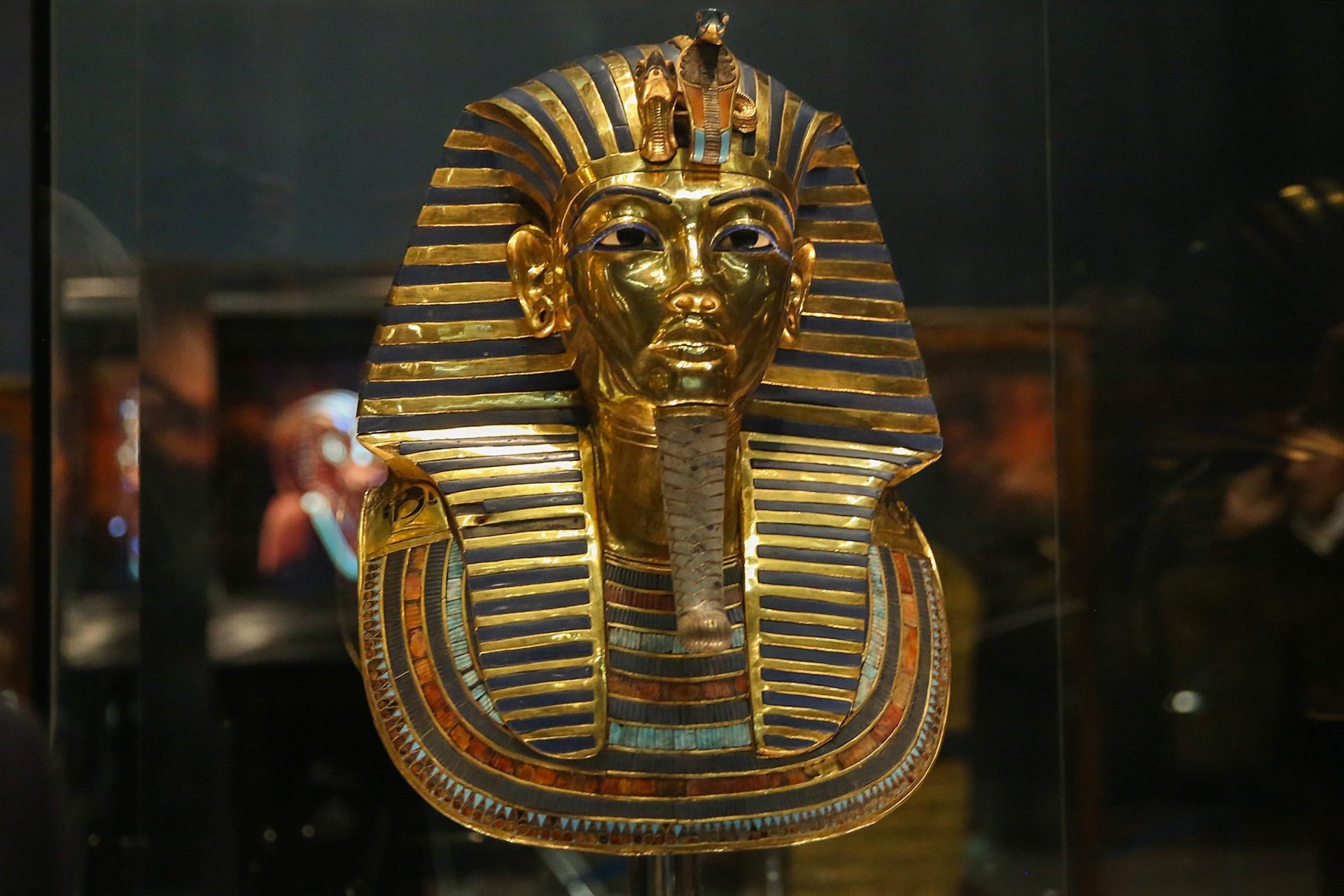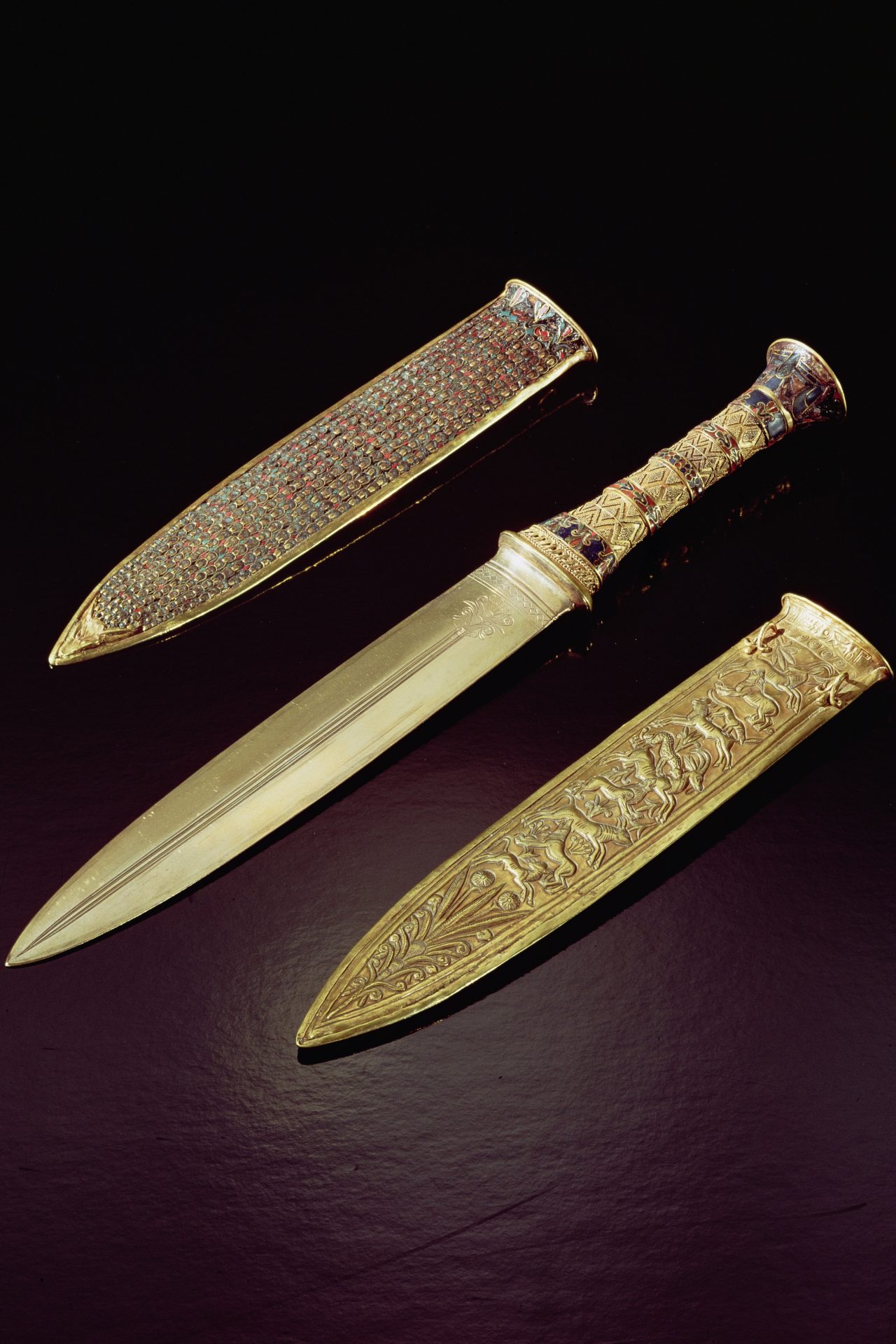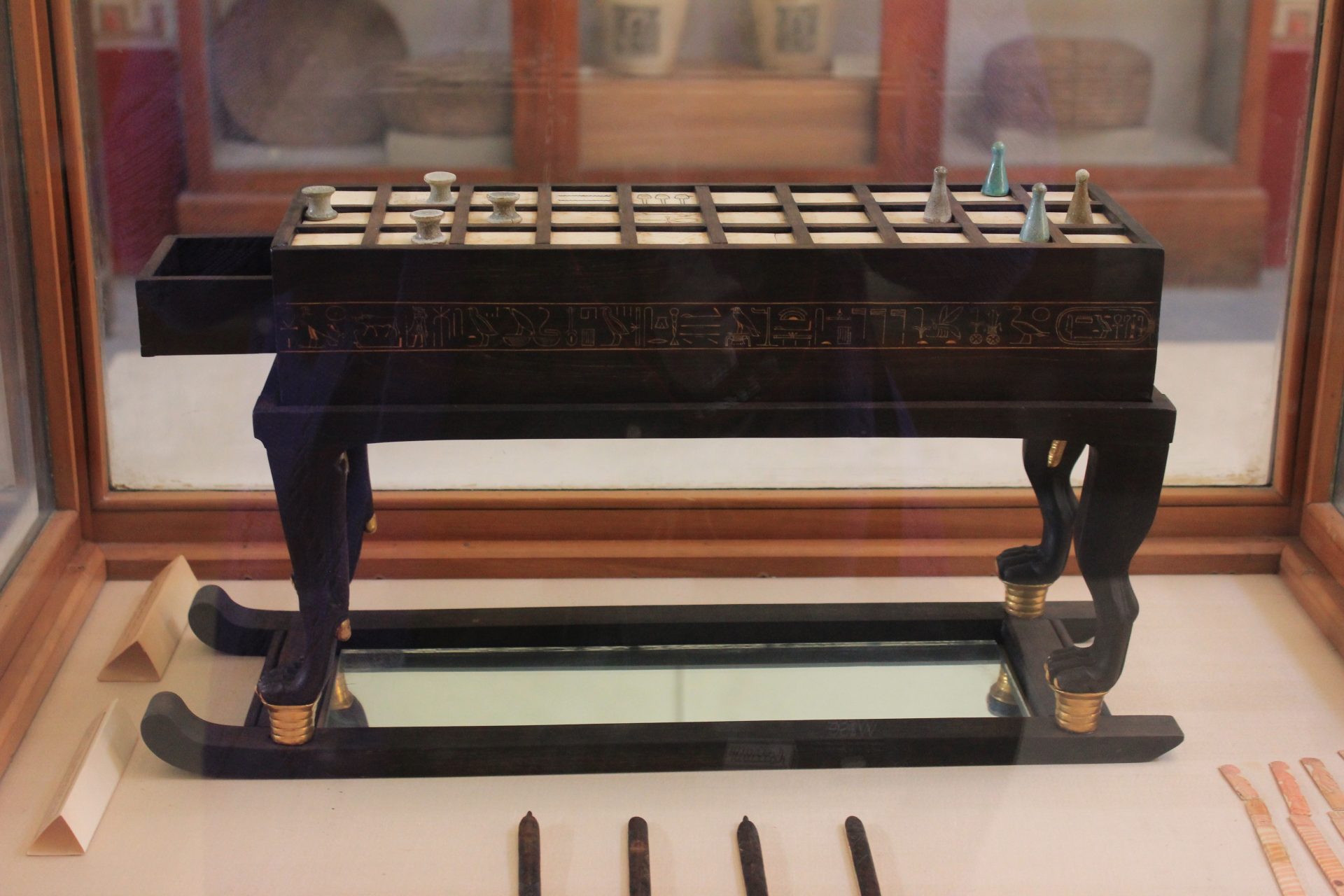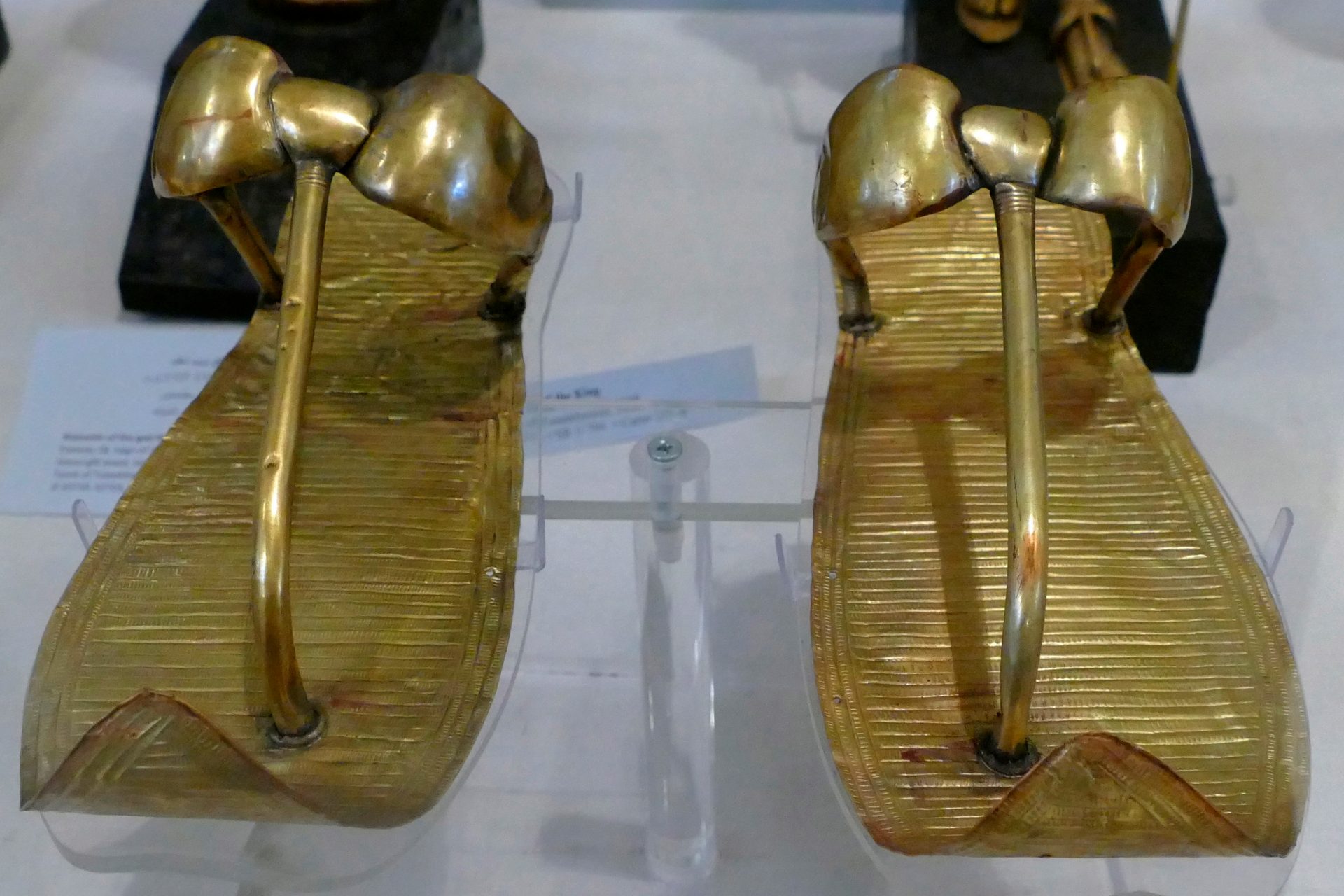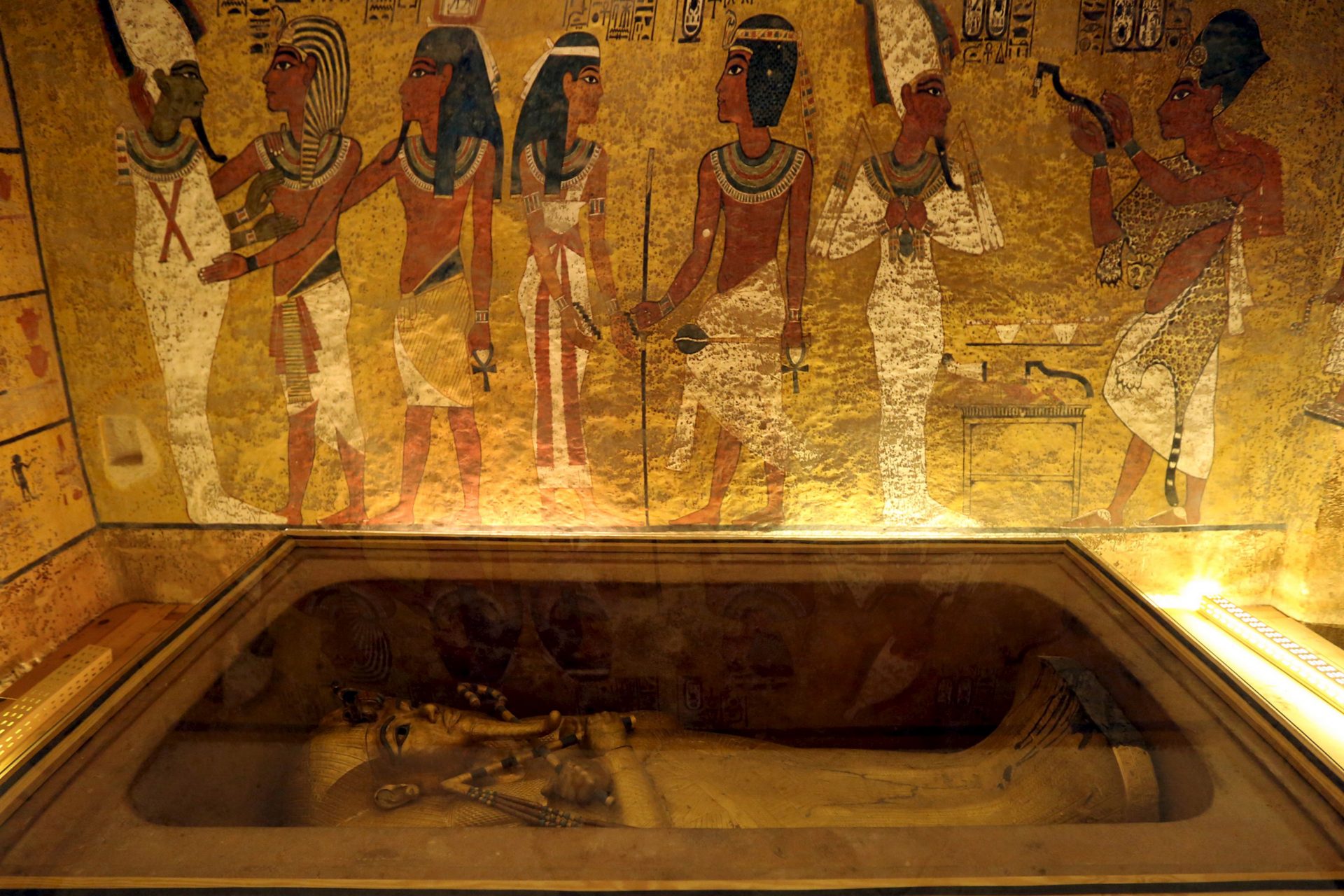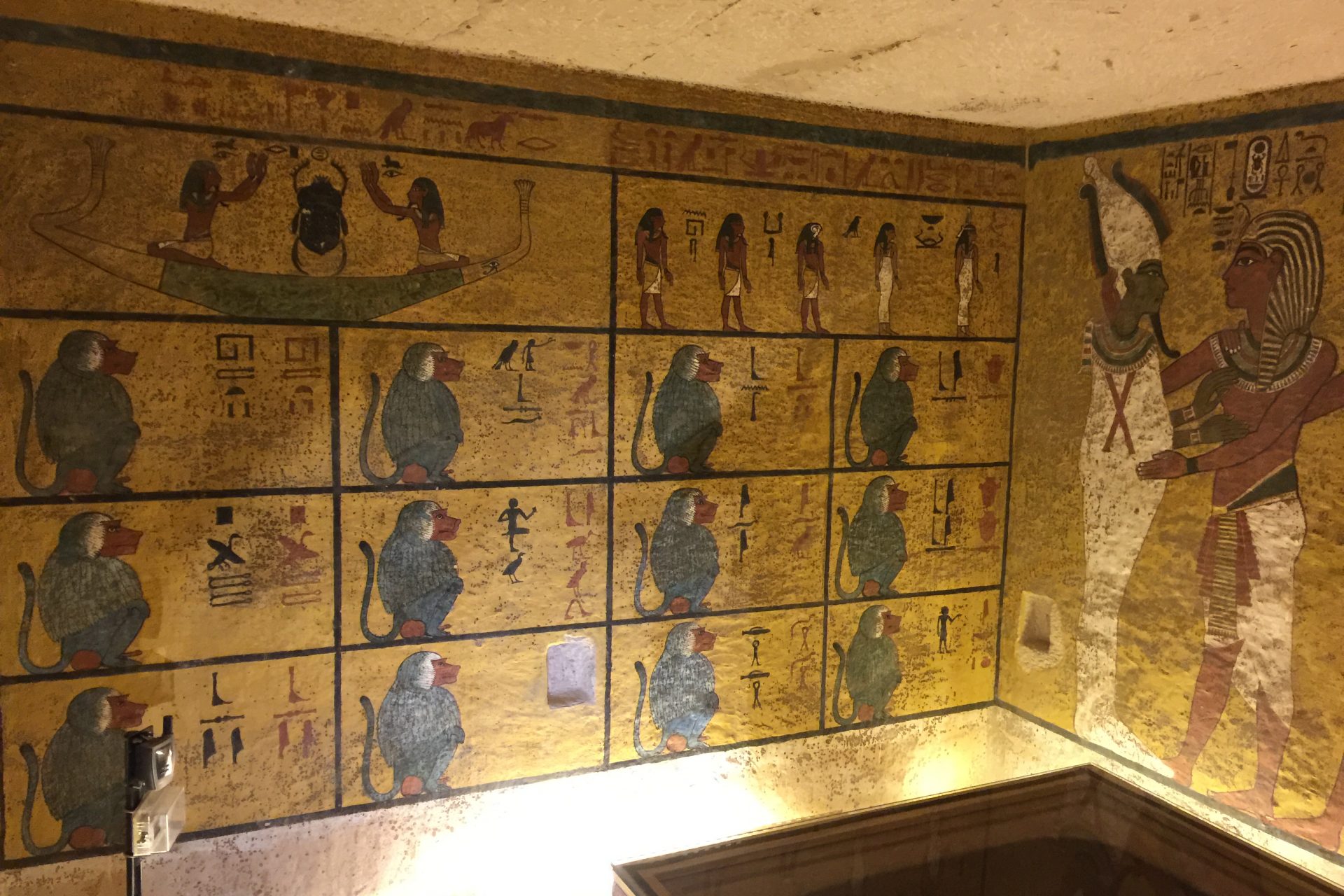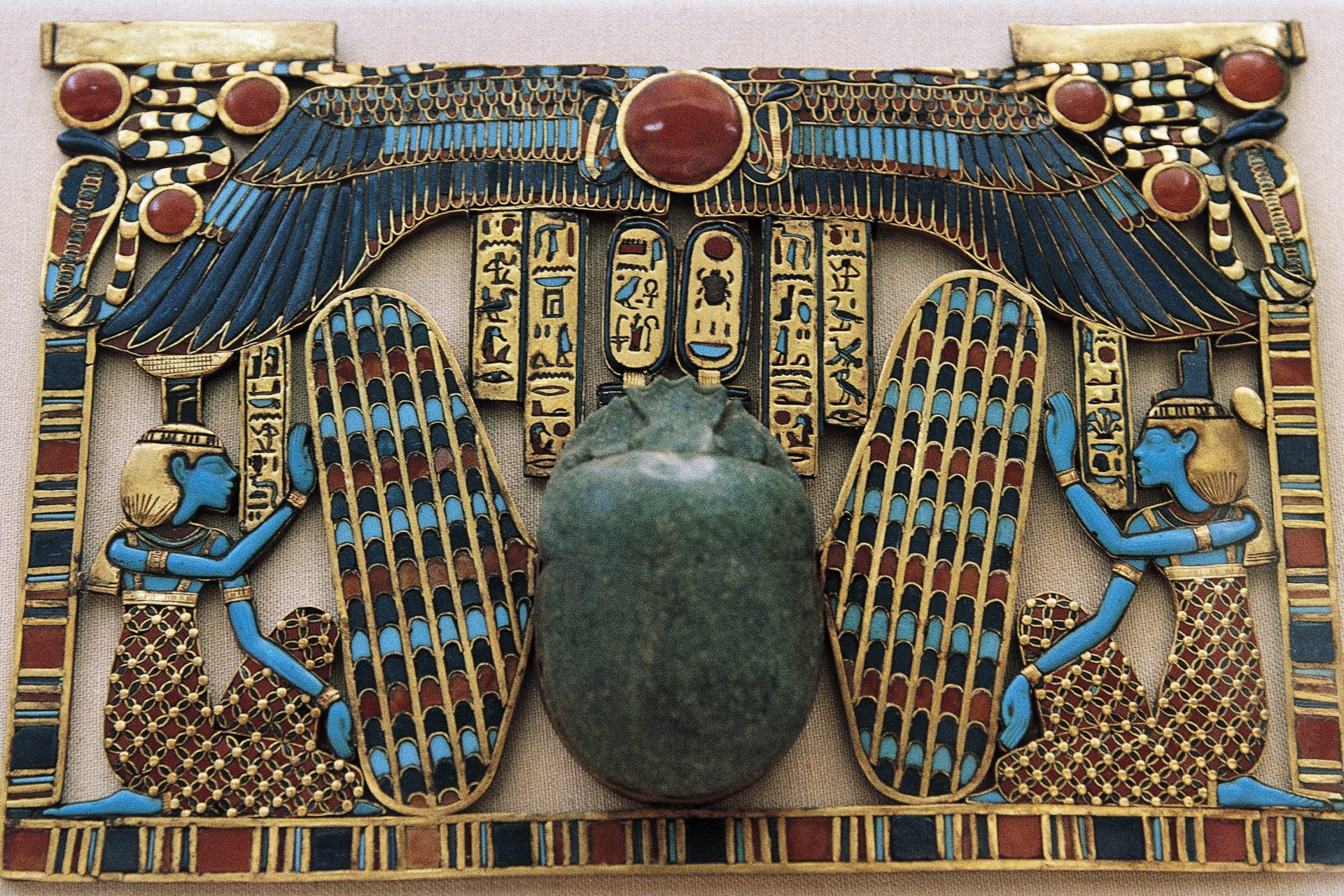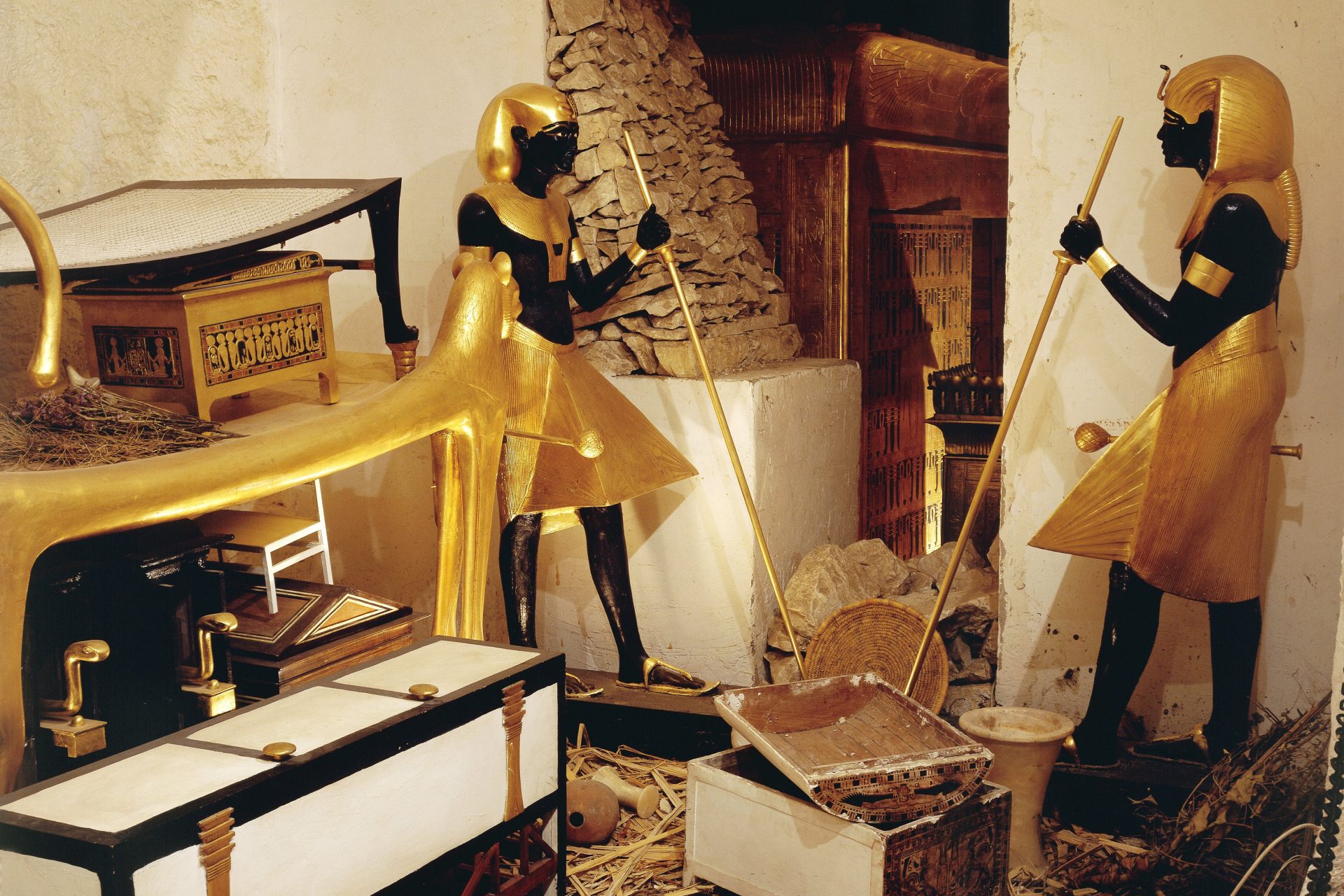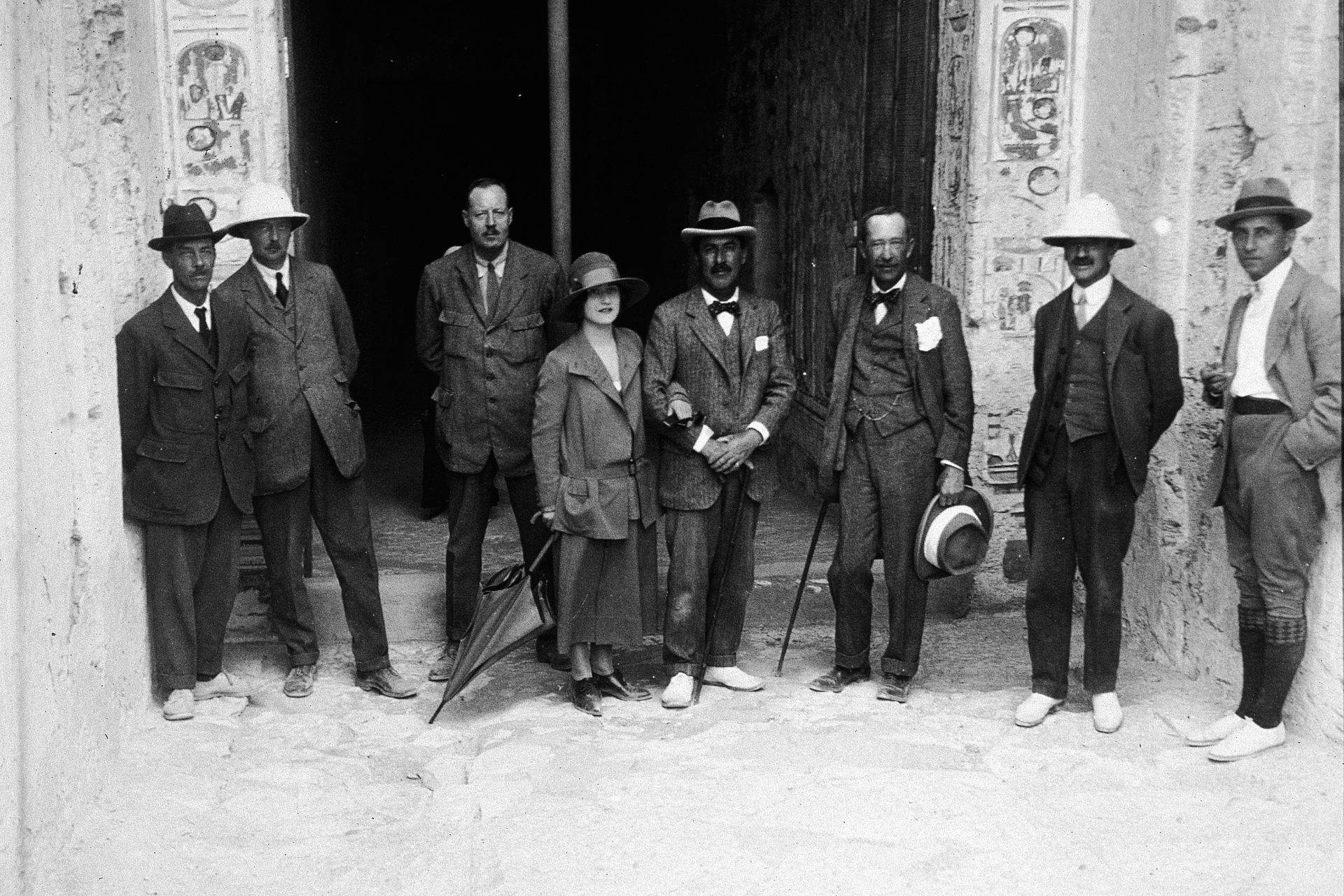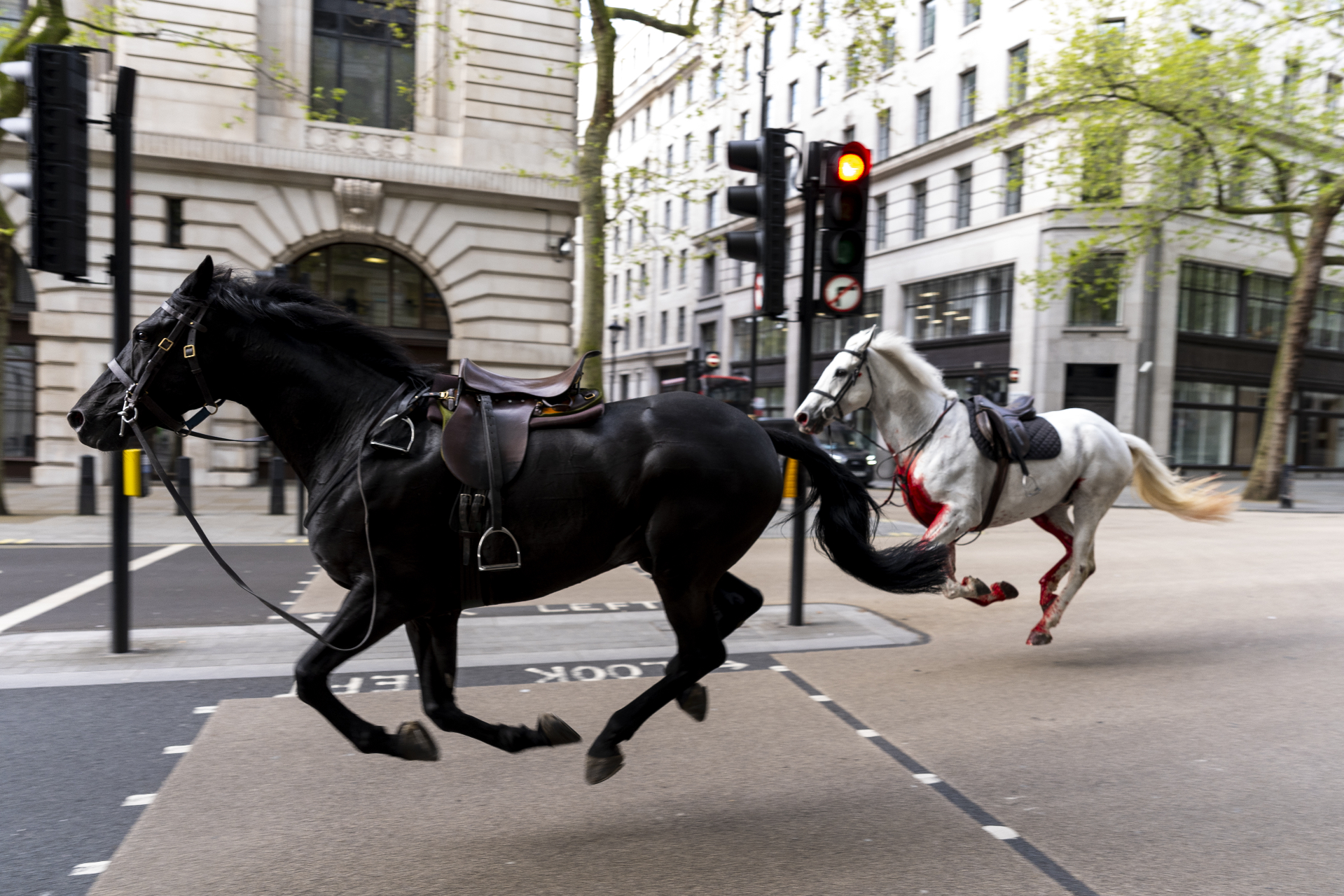Unearthing the mysteries and treasures of King Tut’s tomb
King Tutenkaman is one of the few historical figures that still captures the imagination of those who know little about Ancient Egypt. But what made King Tut popular today lies in the secrets of his life and the mystery of his death.
We should also mention the curse. How a man buried over three thousand years before he was found again could curse the archeologists who uncovered his remains isn’t clear but the world certainly believed that it was real.
However, we’re getting ahead of ourselves. Let’s start the story of Tutenkaman’s secrets by looking at how the pharaoh's tomb was found. It’s a long tale and the shortest version is that a British archeologist made the discovery.
Howard Carter’s artistic abilities were what brought him to Egypt and he quickly became entangled in Egypt’s budding antiquities industry according to Smithsonian Magazine. It was during this time he developed his big dream.
Carter had always wanted to excavate at the Valley of the Kings, a giant burial area that was home to some of Ancient Egypt’s most prominent royalty throughout its history, and Carter would get the chance in November 1917.
Photo Credit: Wiki Commons By Nikola Smolenski, CC BY-SA 3.0
Carter had studied the work of previous excavations in the valley and he was convinced that there were places that hadn’t been searched. He also believed that the burial site of a then-little unknown Tutenkaman was in the valley.
It was near the end of his first digging season that Carter and his team found a group of undisturbed huts. But instead of excavating the find, Carter chose to continue since the work would have cut visitor access to different tombs.
Tomb of King Tut KV62 / Photo Credit: Wiki Commons By Kingtut at Hungarian Wikipedia, CC BY-SA 3.0
After five unproductive seasons, Carter's financial backer Herbert George the 5th Earl of Carnarvon became dissatisfied with Carter’s results. However, Lord Carnarvon agreed to continue his funding after learning of the untouched huts.
Photo Credit: Wiki Commons By Harry Burton
In October 1922, Carter returned to the Valley of the Kings for one final season and he turned his attention to the spot he had discovered during his first digging season. Little did he know, the decision would change his life forever.
Work began on November 1st, by the 4th a workman had stumbled onto a step. Within one day Carter was breaking through into an area that had been untouched since it was sealed by the priests who entombed its inhabitant.
“It was a thrilling moment for an excavator,” Carter wrote in his journal on the 5th of November 1922. He was on the verge of exploring an untouched tomb in the Valley of the Kings. The find would be monumental.
Carter sent word to Carnarvon so the two could enter the tomb together, and on the 26th of November, the two men entered the tomb of Tutenkaman along with Carter’s colleague Arthur Callender to discover its wonders.
King Tut’s tomb was filled with hundreds of treasures, but one of the most impressive was his golden death mask. According to Live Science, it weighed 22 pounds and had quartz eyes inlaid color glass paste throughout.
Two curious daggers were found wrapped with Tutenkaman. One was made from iron and gold while the other was crafted from a meteorite. Its handle was a mix of gold and rock crystal. Their purposes still are not fully known.
It seemed King Tut also wanted to enjoy board games in his afterlife science; a number were found in his tomb. Most of the game boards discovered were designed to play the ancient Egyptian games of senet and game of twenty.
Photo Credit: Wiki Commons By لا روسا - Own work, CC BY-SA 4.0
Among the most lavish discoveries was probably the solid gold sandals that King Tut was buried in. The Egyptian Museum noted another pair of sandals found depicted the nine symbols of Egypt’s traditional enemies. Interesting that they were on Tut’s feet.
They were just golden treasures discovered in Tutenkaman’s tomb. A vast array of cultural information was also uncovered that has helped us better understand Egyptian society during the 18th dynasty. Take for example the tombs paintings.
King Tut’s tomb depicted a stunning painting of the Egyptian God Osiris talking with Tutenkaman in the afterlife as well as a giant mural of Anubis and Hathor. The weirdest painting was probably that of six baboons.
Photo Credit: Wiki Commons By EditorfromMars - Own work, CC BY-SA 4.0
A Giant box made of ivory, a colorful golden breastplate, and a life-sized chariot were all among the amazing cultural treasures of the tomb, as well as King Tut’s throne as well as a gilded bed and golden diadem.
Unfortunately for those who discovered King Tut’s untouched treasures, they may have come with a curse. According to National Geographic, the king’s tomb was protected by a curse that would take the life of anyone who disturbed it.
Interestingly, the myth of King Tut’s curse may have been spread by Lord Carnorvons death, which occurred roughly a year after he entered Tutenkaman’s tomb. However, Carter would go on to live for another two decades.
More for you
Top Stories



